Most all of us are now in winter feeding mode. Winter feeding means more intimate time spent with the cow herd, time that for most, has been lost the past few months while they’ve been gleaning stalks or cover crops. The upper Midwest has experienced a fantastic fall – early winter for grazing, and cows are coming in with exceptional body condition scores.
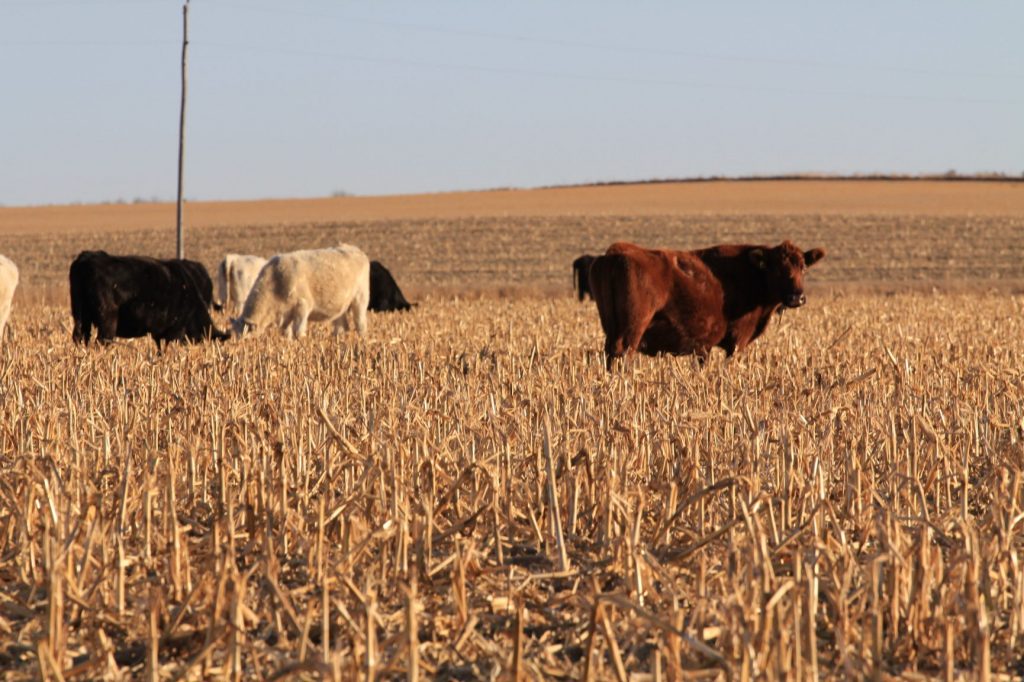
As we start to make repairs on the feed wagon (that would have been easier in August) and tweak feed rations as feed stuff samples come back, this is a perfect time to analyze how much feed we will waste this year. It is a lovely figure to be surprised with if you are overly analytical and calculate your shrink over feeding periods. Shrink will never be eliminated completely, so we’ll look at convenient ways to lower our shrink. Let’s focus on minimizing waste through feeding methods while still feeding the most suitable feedstuffs for your cow when she needs it.
Since we are into January, likely some things that have happened that we can’t reverse to save feed. All our feedstuff options are put up for the year, and we know what we must make work. Proper feeding now needs to take place to save or salvage what we have. The most significant opportunity to save feed is to not over-feed an ingredient. The best way to not do this is by building out rations based off your cow’s nutritional needs. There are many great nutritionists out there capable of doing this. We highly encourage you to work with your feed representatives to get their beef nutritionist on your side, developing and forecasting rations. If this isn’t an option, I’ve always enjoyed working rations and budgets through ration balancer calculators. The U of M and OSU both have excel formatted ration calculators, and a quick google search will give you lots of options of others to use. These are handy tools to give you a ballpark idea of where your rations need to be. Keep in mind, these calculators are built from averages and your feedstuffs will have some variations. After running your forecasted rations, you’ll find there are a few big take-aways.
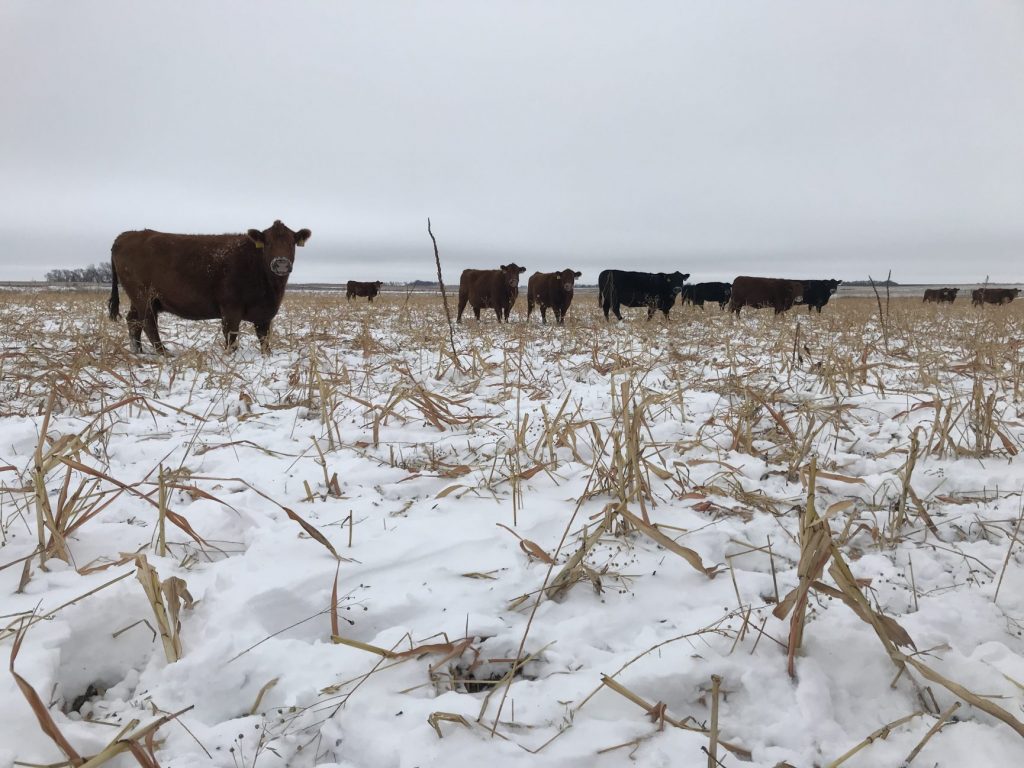
Cow rations from mid-gestation to early lactation will drastically vary in levels of crude protein. We often overfeed alfalfa hay through gestation in a time when we can really cut costs from a ration. Save that good quality alfalfa hay for your lactating cow when she has a higher requirement for protein. The other ingredient we tend to overfeed is corn silage. The energy requirements during this time are also lower, and corn silage should be diluted with roughages. This will lower feed costs and prevent the cows from getting obese. Corn silage is an excellent resource for energy during cold days when your cows are rapidly burning calories and obviously needed if you need to bump up body condition scores.
When you are actually feeding cows, reducing feed waste seems like a no-brainer, but it does require effort and attention. Picky eaters usually contribute to hay waste. Best way to combat this is to grind low-quality feeds into smaller particle sizes that can’t be sorted. Low-quality hay will have around 20% waste, which at a value of $65/ton, the waste accounts for $13/ton. When you calculate out the hourly grinding fee, it usually ends up around $7/ton. Grinding is a great way to save feed waste and lower feed ration costs. It also provides you with an opportunity to grind your higher protein hay with those ditch hay bales or corn stalk bales when your cow’s CP needs are lower.
Another easy fix to lower feed waste is not allowing your cow access to all the feed she wants. Bunk feeding or limit feeding to her requirements will always decrease waste versus free choice feeding. The last easy fix is to prevent feed waste is to stop spoilage. If you have bales sitting in a low wet area, move them to higher ground. If your DDG’s are in an open gravity wagon, stick a tarp on it. If your silage pile is not covered and has a foot of moldy crust on top, well, there is no fix now, but remember this for next year!
Winter months are our most expensive feeding months. Focus on rationing and implementing a few feeding tactics to stay on target and keep your cows around.
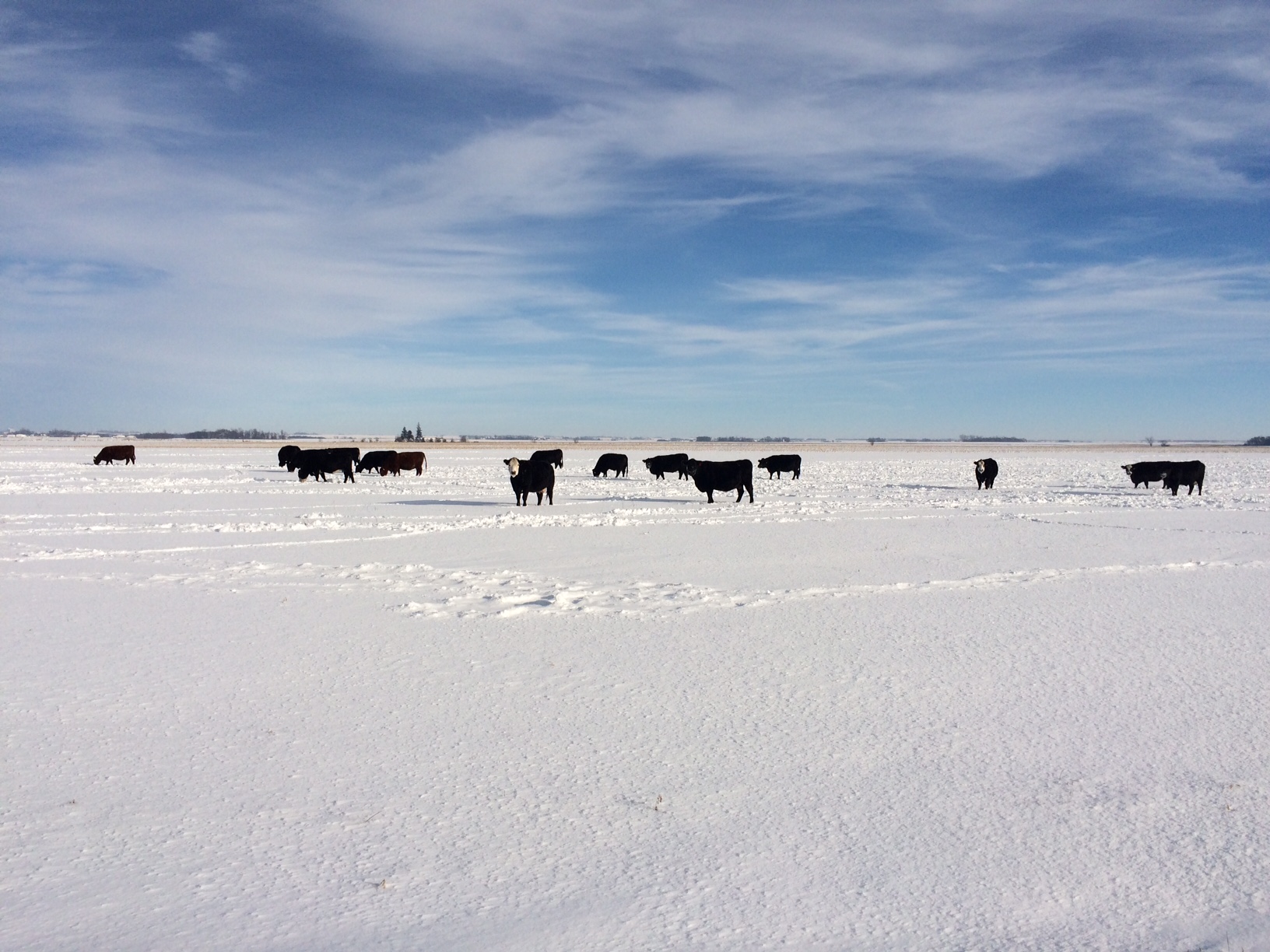
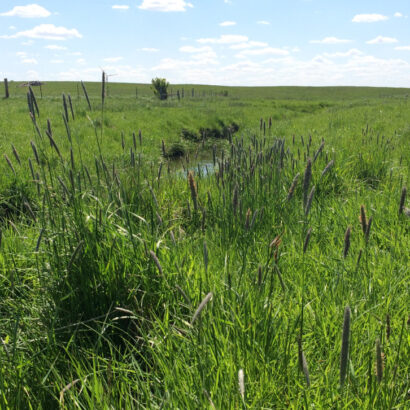
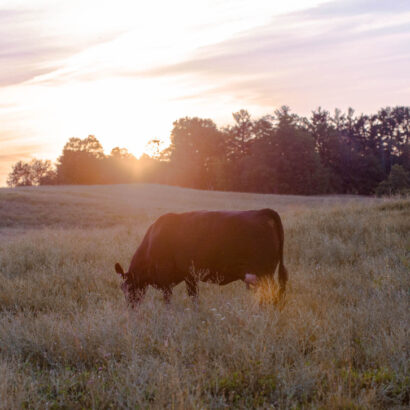
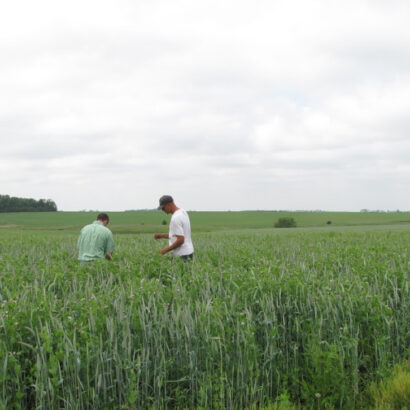
Some good information here. I had no idea what the value was for grinding that lower quality hay.
And hearing it is okay to limit feed is good to know.